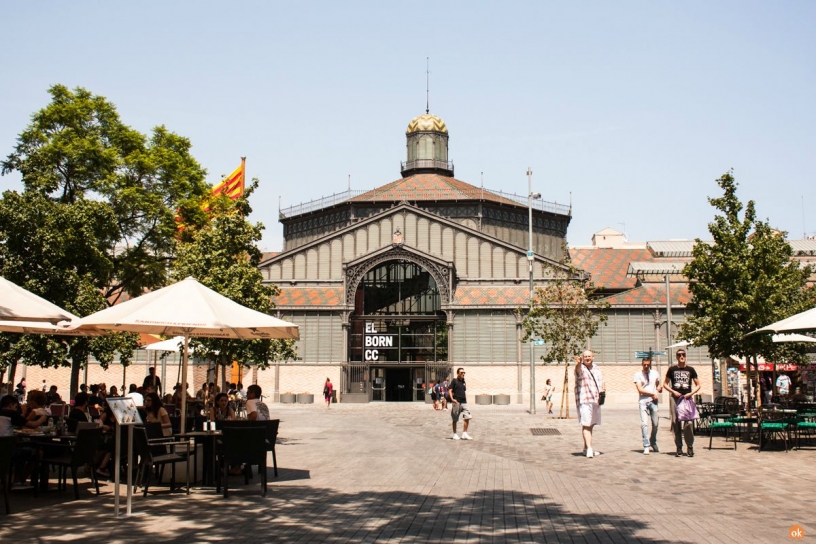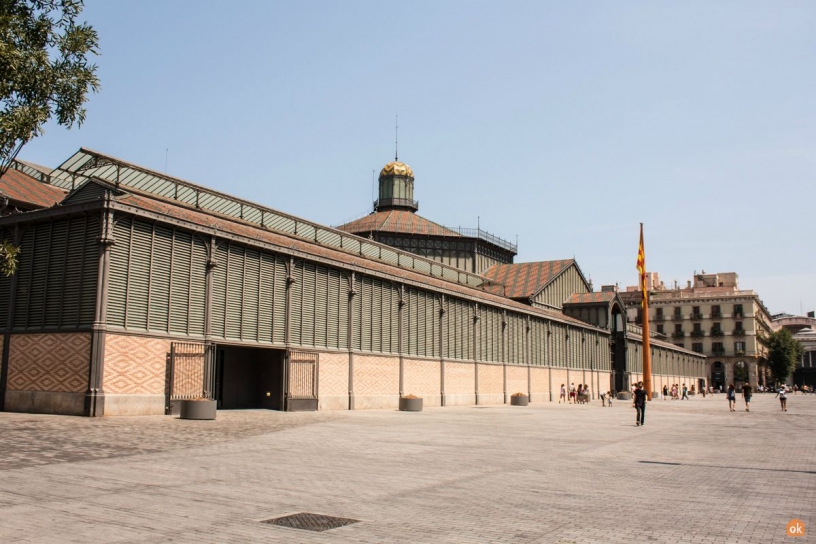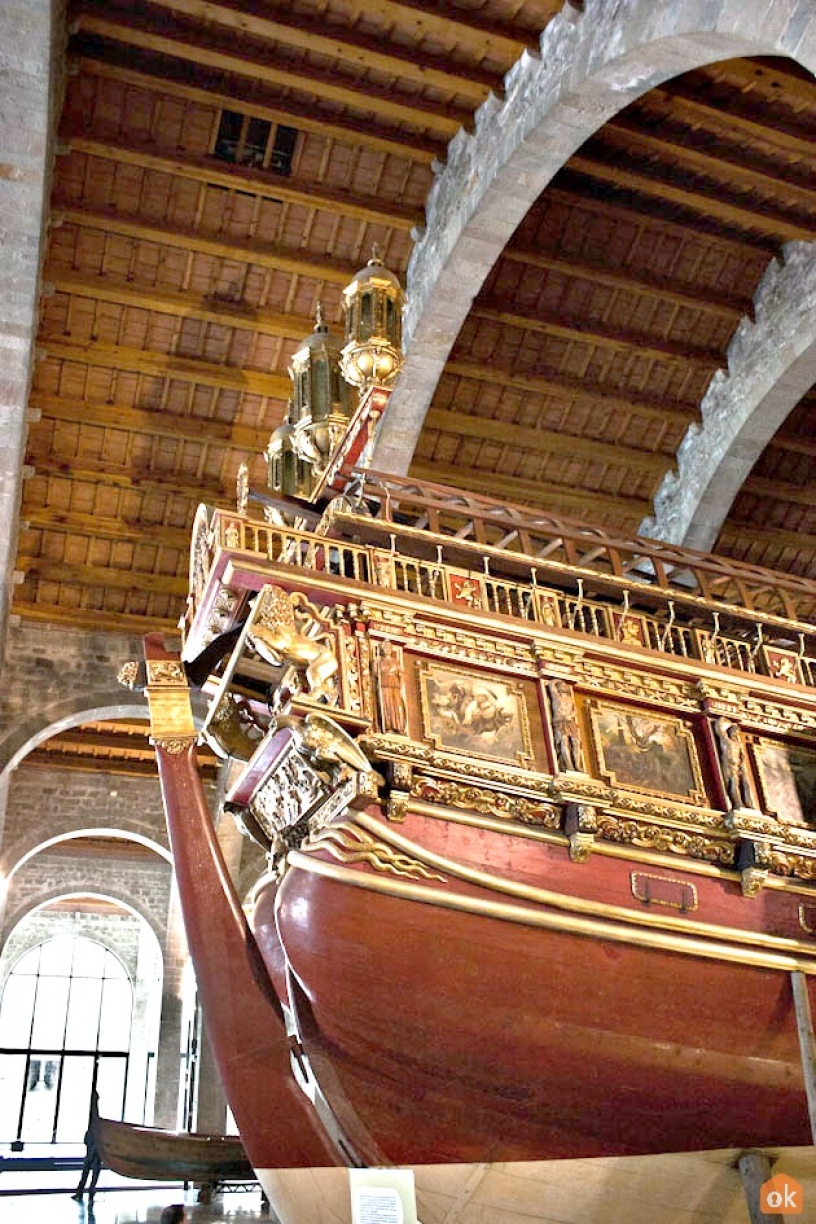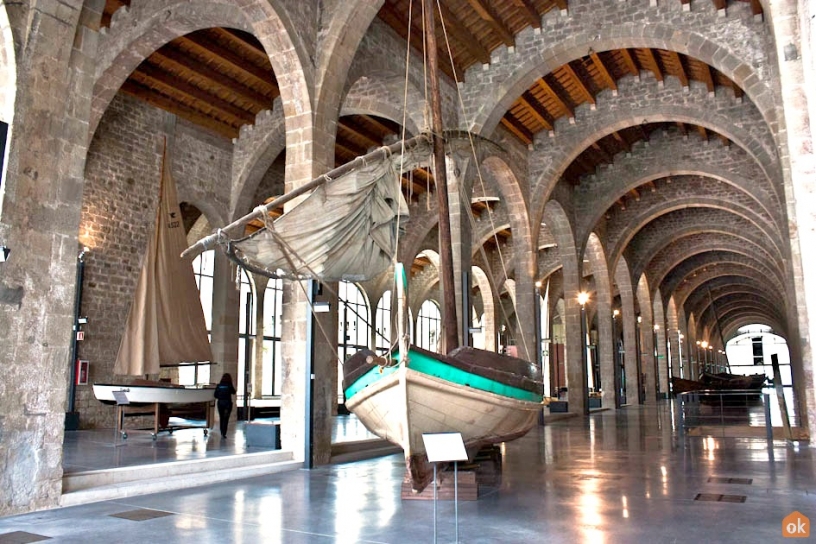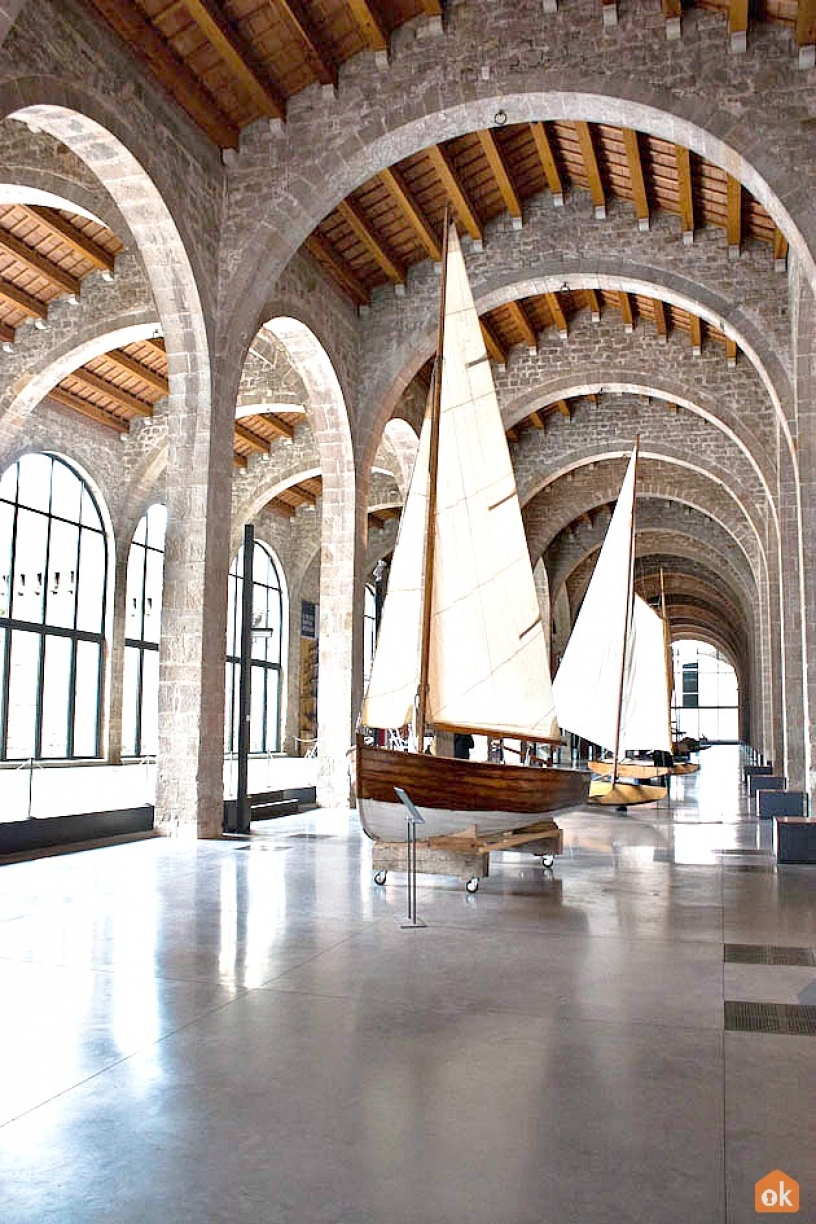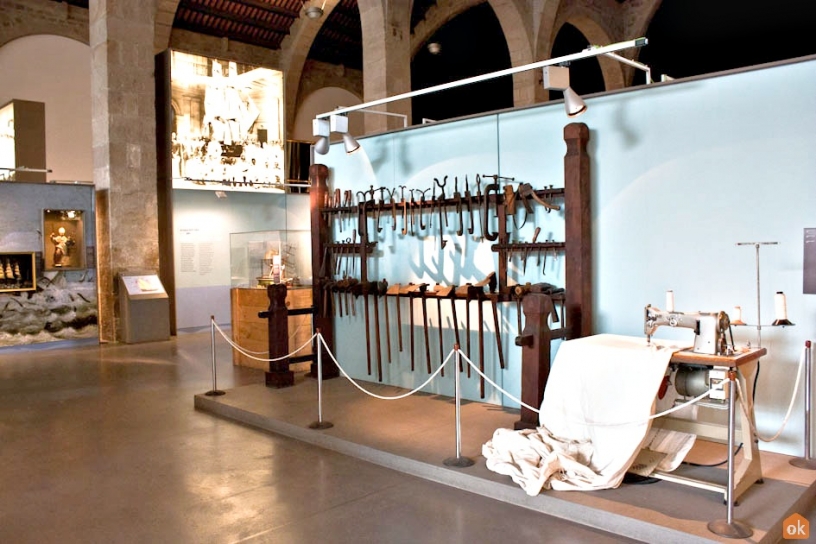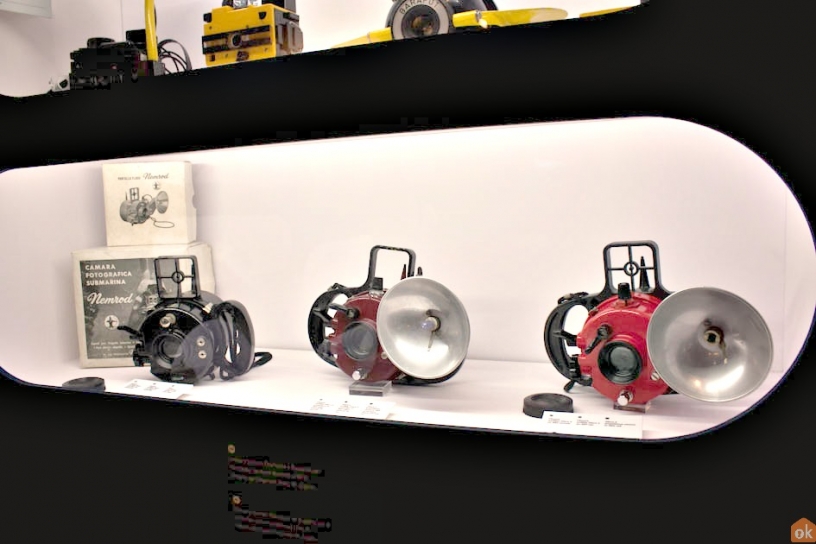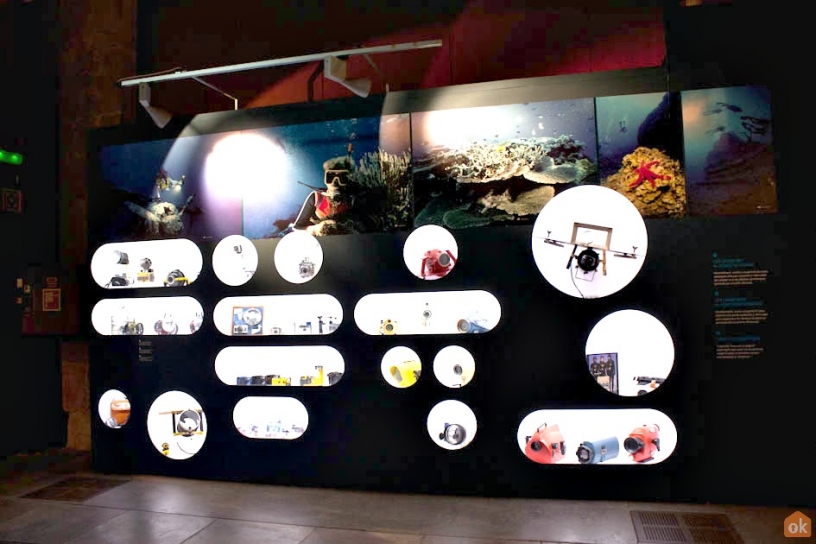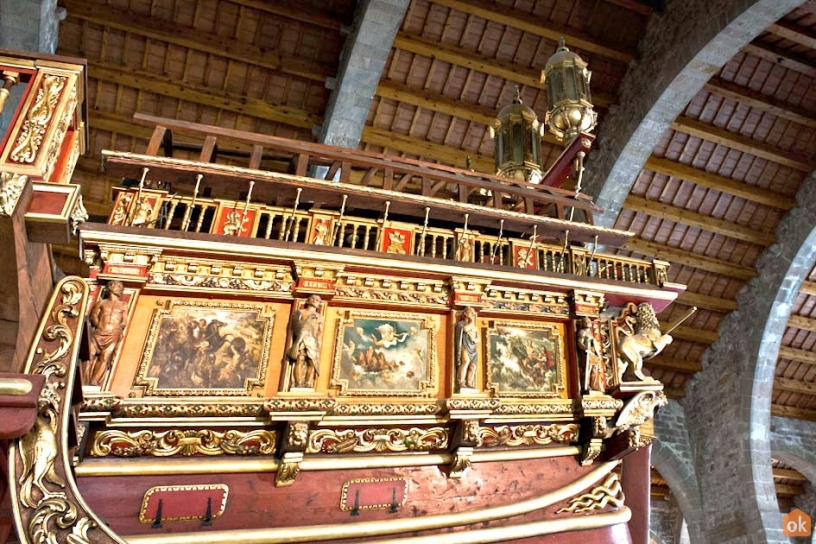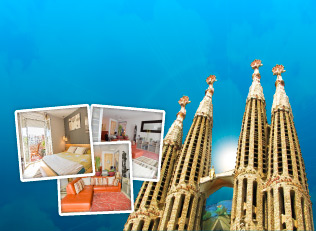Vote & Share - Museums
Tell us your favorite museum to visit :
-
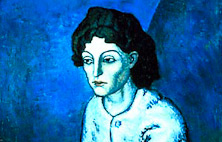 Picasso Museum
Picasso Museum
-
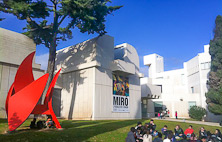 Joan Miró foundation
Joan Miró foundation
-
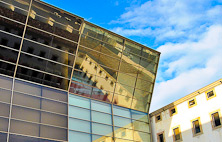 CCCB Cultural Centre
CCCB Cultural Centre
-
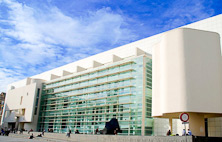 MACBA
MACBA
-
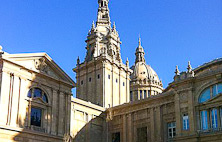 MNAC - National Museum of Art
MNAC - National Museum of Art
-
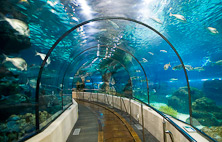 Barcelona Aquarium
Barcelona Aquarium
-
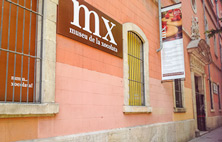 The Chocolate Museum
The Chocolate Museum
-
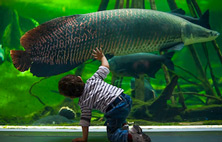 CosmoCaixa - Science Museum
CosmoCaixa - Science Museum
-
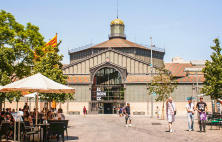 Cultural Centre of Born
Cultural Centre of Born
-
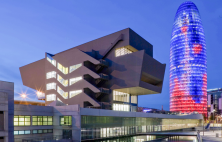 Barcelona Design Museum
Barcelona Design Museum
-
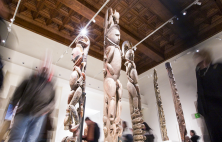 Museu de Les Cultures del Món
Museu de Les Cultures del Món
-
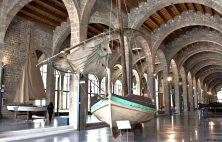 Maritime Museum
Maritime Museum
To get an entry for our contest, comment what you like about .
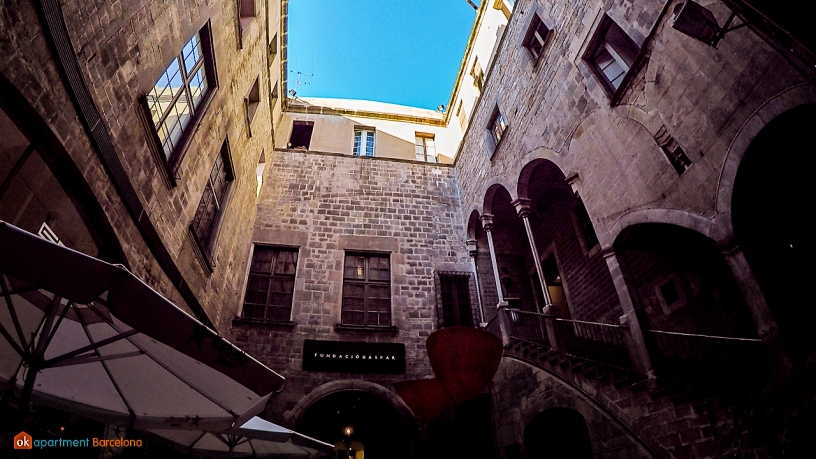
If you come to visit the capital of Catalonia, we will help you to find the best long term rentals in barcelona. We offer apartments of different types, renovated and well furnished in all areas of Barcelona!
With more than 3500 works of art, the Picasso Museum in Barcelona, is the largest museum dedicated to the Malagan artist. The museum was declared to be a national cultural site by the local government in 2005. In 2009, The Art Newspaper named it as one of the 40 most visited art museums in the world, so you can imagine the lines to get in. Don't worry though, you can avoid the queues here and other attractions around Barcelona.
Discover this attraction as part of out recommended Picasso route that you can freely follow when you visit.

Excursions in Barcelona
To make the most of Barcelona and fill your trip with unforgettable experiences and emotions, we offer you the excursions through the Catalan capital organized by our friends - the GetYourGuide team. Choose your excursion and fall in love with Barcelona:
History
The museum first opened in 1963 by Jaime Sabartés, friend and secretary to Picasso. The first exhibited paintings came from the local government, MNAC (The National Art Museum of Catalonia), and from private donators, like Dalí. Though mainly from the personal collection of Sabartés himself. It was for this reason and his discordance with the Franco regime, that he was reluctant to open the museum, which began with the name Sabartés Collection. Over the years the museum was filled thanks to more donations from Sabarte's heirs and various private donators, making the museum what it is today.
Buildings
The building is spread across five gothic mansions, building between the 13th and 15th century; Palacio Aguilar, Palacio del Barón de Castellet, Palacio Meca, Casa Mauri and Palacio Finestres. Recently a new building was built to hold the 'Centre of Research and Knowledge' for works of Picasso.
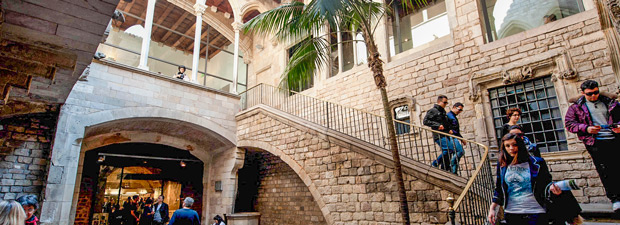
Collections
A large portion of the paintings are from between 1890 and 1917. There is also a collection of engravings and lithographs from 1962, various drawings, illustrations for books, ceramics, and photographs by the artist. The collection is divided across various eras of his life
- Beginnings: Málaga 1890 - La Coruña 1895: a few academic drawings, trying to imitate his father's style who was the professor and artist of Bellas Artes.
- Training in Barcelona, 1895 - 1897: outdoor drawings during his studies at the School of Llotja. Some of his early paintings, like First Communion, Portrait of aunt Pepa and Science and Charity earned him success and drew media attention toward him.
- Madrid - Horta de Sant Joan, 1897 - 1899: during his study a the Real Academia de Bellas Artes de San Fernando, that he later disowned. The works centre around rural landscapes, the study of light,and spontaneity. El mas del Quiquet is an outstanding work.
- Barcelona, 1899 - 1900: Avant-Garde paintins influenced by the circle of artists that regularly gathered at the Café El Quatre Gats.
- París, 1900 - 1901: his use of impressionism, pointilissm and Nabis, full of colour and themes such as the Parisian nightlife and its characters.
- Blue Period, 1901 - 1904: where he uses the tone of blue to represent spirituality
- Rose Period, 1905 - 1906: new colours and themes arrive to his works, like the Circus and Iberic art. Featuring Harlequin.
- Barcelona, 1917: his works become influenced by ballet and other artistic resources.
- Later works: featuring masterpieces like Las Meninas, a collection of 58 paintings from 1957 in which he analyzes the work of Velázquez through the use of colour and movement.
In addition the museum includes temporary exhibits and a library. It is also home to a number of educational activities.
Useful information:
- Where: c/ Montcada 15-23, Barcelona
- How to get there: Metro: Jaume I (L4), Arc de Triomf (L1), or Liceu (L3). Bus: 17, 40, 45, and 19.
- Opening hours: Tuesday to Sunday (including public holidays): from 10 to 20 h. Shut on Mondays, January 1st, June 24th, and 25th and 26th December.
- Prices: Adult: €11. Free for under 16s. Free during Sunday evenings, and all day on the first Sunday of each month, as well as various open door days like (12th February, 18th May, and 24th September). A discount is available for those who have an ArtTicket, you can read more about Barcelona discount cards here.
If you come to visit the capital of Catalonia, we will help you to find the best long term rentals in barcelona. We offer apartments of different types, renovated and well furnished in all areas of Barcelona!
The Joan Miró Foundation opened to the public in 1975 and since then has become one of the cornerstones of the city's culture. Besides housing the permanent collection by this world-renowned Catalan artist who created his own poetic universe and cultivated a broad spectrum of genres through painting, sculpture, ceramics, tapestries and more. You can learn more about Joan Miró and his contributions to Barcelona here
Excursions in Barcelona
To make the most of Barcelona and fill your trip with unforgettable experiences and emotions, we offer you the excursions through the Catalan capital organized by our friends - the GetYourGuide team. Choose your excursion and fall in love with Barcelona:
The foundation is fully involved in promoting the contemporary arts. The building itself is as interesting as its contents. It was designed by Josep Lluís Sert, who created a building with a markedly Mediterranean character.It also has tour options for visitors with visual impairments.
The CCCB is a cultural centre dedicated to the contemporary culture of Barcelona. It organizes excellent exhibitions, and the building is a perfect example of architectural renewal. The centre is a hub for the city's artists and designers, who frequent the building to attend the many exhibitions, lectures, and debates held there. It's a great place for tourists to learn about the history of the city's culture from fields and perspectives that range from architecture, multimedia, design, and literature.
If you come to visit the capital of Catalonia, we will help you to find the best vacation rentals in barcelona. We offer apartments of different types, renovated and well furnished in all areas of Barcelona!
The Museum of Contemporary Art of Barcelona, otherwise known as MACBA was declared as a museum of national interest by the council in 2005, in the same official declaration document the Picasso Museum. The building is located in the Raval District of the city with its artwork displaying a high focus on the second half of the 20th century with a clear aim being to inform and educate visitors.
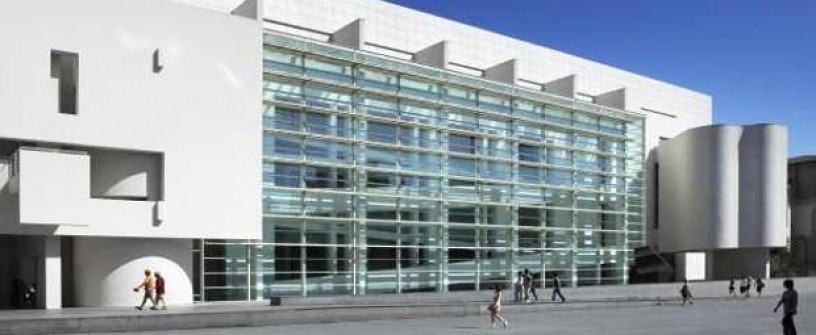
Excursions in Barcelona
To make the most of Barcelona and fill your trip with unforgettable experiences and emotions, we offer you the excursions through the Catalan capital organized by our friends - the GetYourGuide team. Choose your excursion and fall in love with Barcelona:
Second-time Lucky!
The museum was born from the idea of the writer and art critic Alexandre Cirici-Pellicer as well as a group of fellow critics and artists. These people took their inspiration from the MoMa Museum in New York. However, after very little exposure from trials at other locations, the idea was scrapped because the works were simply too controversial within the Franco Regime that had a lock on the country at the time (1963). The project was a failure.
Years later, and with Franco long gone, in 1985 the local government of Barcelona and the City Council decided to recover Cirici-Pellicer's idea and opened a project at Casa de la Caridad. This time it was a success, so a new building was built by the American architect Richard Meier. The project matured by 1987 with the creation of the "Museum of Contemporary Art Foundation", a private organization, but the museum's official opening wouldn't be ready until 1995.
A Masterpiece full of Masterpieces
The MACBA building is built up of various forms, mainly prisms and cylinders, and has a surface area of 14,300 square metres. The building itself is a work of art, with Richard Meier, the architect having exhibits of his works in various museums, including MoMa, NY; the very museum that inspired MACBA. The contemporary building is attached to the idea of rationalist principles in its design. It is has been designed to maximize the use of natural light.
There are various spaces within the building available for rent, like the gothic chapel, the atrium, the hall, various classrooms, the terrance, and the auditorium. It's located on the Plaça dels Angels, in a vibrant and youthful part of the city that's well connected with the city centre.
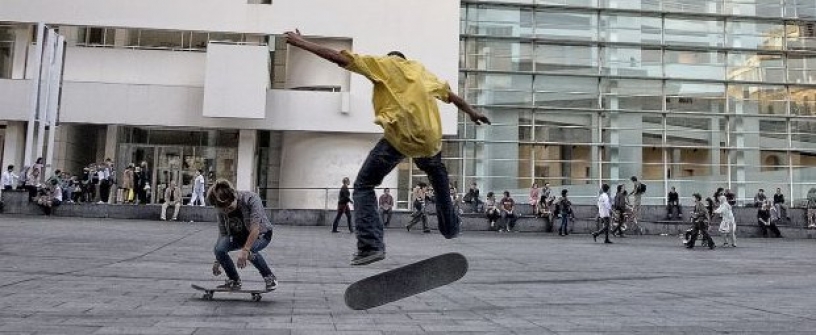
Innovative and Cosmopolitan Collections
The aim of MACBA is the demonstrate multiple viewpoints on contemporary art and create a space for the public to enjoy through educational programs and constant innovation. Therefore there are various activities, classes, research projects, and publications at MACBA. There is even an exhibition designed specifically for blind visitors in mind. In general the museum is among those with the best access for people with mobile impairments and visual impairments.
Along with this objective to inform and create debate, the museum also strives to conserve art. MACBA is home to more than 5000 pieces from the 50s to the present day that come from organizations and private donations. The works are by artists from around the world, especially South America, Arabian Nations, and Eastern Europe.
Abstract, pop culture, figurative, minimalist... They're just some of the artistic styles you can find at MACBA, all spread across a variety of mediums including paintings, sculptures, and photography amongst others.
Useful Information
- Where: Plaça dels Àngels, 1
- How to get there: Metro - L1, L2, and L3. Bus - 24, 41, 55, 64, 91, 120, 141.
- Opening Hours: The museum as a winter schedule, summer schedule, and other special opening times. The full timetable can be found here: MACBA Hours and Admission.
- Price: Standard ticket entry is €9. There is a discounts rate of €7 for students, library card holders, and groups of larger than 15. Free entry for under 14s, over 65s, unemployed, teachers, and AAVC or ICOM members.
- Accommodation nearby: List of apartments in Raval, where MACBA is located.

If you come to visit the capital of Catalonia, we will help you to find the best vacation rentals in barcelona. We offer apartments of different types, renovated and well furnished in all areas of Barcelona!
The MNAC museum, also known as the National Museum of Art of Catalonia, is one of the most important art museums in Catalonia and offers an artistic journey through time, going back almost one thousand years. It's an essential visit in Barcelona as it is home to the most complete collection of Medieval Catalan art, as well as a set of Romanesque wall paintings. The journey will bring you all the way to the modern era, whose collection features movements as great as Modernism and Avant-Garde sculptures.
A Complicated Construction
The MNAC is housed in a building known as the National Royal Palace and was built by Eugenio Cendoya, Enric Catá, and Pere Domènech i Roura. It was erected between 1926 and 1929 for the Universal Exposition. The objective was for it to house more than 5000 works of art from around the country. Not so long after the palace was built, it was already seen as the future base for MNAC in 1934, but was initially criticized for the speed of its construction, saying that it would not be of sufficient quality to play up to this role. Eventually the project went ahead, when in the 1980s, the Italian architect, Gae Aulenti, took care of all these problems. The works finally ended in 2004.
Excursions in Barcelona
To make the most of Barcelona and fill your trip with unforgettable experiences and emotions, we offer you the excursions through the Catalan capital organized by our friends - the GetYourGuide team. Choose your excursion and fall in love with Barcelona:
The style of "Revival"
According to the preferences at the time, the building was constructed in the style of bygone eras, mixing Baroque with the renaissance. It took inspiration from other famous buildings, like St. Peter's Basilica in the Vatican, and St. Paul's Cathedral in London. However, this mix from various sources adds up to something very unique, even on the inside, where most of the interior is decorated in a 19th century style.
What can you find at MNAC?
If MNAC is famous for anything, then its the large collection of Romanesque, Gothic, Baroque, Renaissance, and Modern art. Despite this, you will also find smaller collections of drawings, prints and posters, photography, coins, and murals. Full information on the collection can be found on the Official MNAC Website. There is also a rooftop terrace with stunning views, as mentioned in our guide to Barcelona's best terraces.
This museum is one of the best adapted for access to people with mobile impairments, it also surrounded by free places to park!.

If you come to visit the capital of Catalonia, we will help you to find the best vacation rentals in barcelona. We offer apartments of different types, renovated and well furnished in all areas of Barcelona!
The aquarium of Barcelona is located on Port Vell and consists of 35 different tanks that house over 11,000 animals from across 450 different species. Since it opened in 1995, it has been visited by more than 14 million people and is one of the top choices for family days out in Barcelona. There are also various interactive exhibits and tours ideal for people with visual impairments.
Excursions in Barcelona
To make the most of Barcelona and fill your trip with unforgettable experiences and emotions, we offer you the excursions through the Catalan capital organized by our friends - the GetYourGuide team. Choose your excursion and fall in love with Barcelona:
Sections of the Aquarium
- Mediterranean Tanks: These 14 tanks are where you'll find the typical species from the mediterranean sea, it includes recreations of important nature reserves in Spain; the Medes Islands and the Ebro Delta.
- Tropical tanks: In this section, visitors will find 7 tanks that are the habitat for some of the more exotic species of the aquarium, originating from tropical seas.
- The Oceanarium: This is the pride of the museum, a walk through tank with 36 m of diameter and around 4 million litres of water. Throughout the 80 m walk, you'll come across various sharks, rays, eels, and fish. There are 19 species to discover in this tank and if you have a diving certificate, you'll be welcome to swim with the sharks for yourself.
- Themed Aquariums: There are a variety of small themed tanks toward the end of the aquarium, with creatures like seahorses, lobsters, small sharks and their transparent egg sacs, and anemones.
- Planet Aqua: In this final section you can learn about the vital role that the oceans play, as well as see living fossils, various reptiles, fishes, and mammals. Don't forget to say hi to the penguins as they go for a swim.
Useful Information
- Where: Maremagnum, Barcelona.
- How to get there: Metro: Drassanes (L3), Barceloneta (L4). |Bus: Lines 14, 17, 19, 36, 38, 40, 45, 57, 59, 64, 91, and 157.
-
Opening times:
- Monday to Friday: 9:30 AM - 9:00 PM
- Weekends and public holidays: 9:30 AM - 9:30 PM
- June and September: 9:30 AM - 9:30 PM
- July and August: 9:30 AM - 11:00 PM
-
Prices:
- Adults: €18.50.
- Children (4 - 12): €13.50
- Children (under 4): Free
- Seniors (60+ years): €15
El Museu de la Xocolata (The Chocolate Museum in English) is one of the most unique museums in the city of Barcelona. It is a museum owned by the Barcelona Confectionary Guild and is dedicated solely to chocolate. An absolute paradise for those with a sweet tooth.
If you come to visit the capital of Catalonia, we will help you to find the best long term rentals in barcelona. We offer apartments of different types, renovated and well furnished in all areas of Barcelona!
The Sweet Story of a Museum...
The museum opened in 2000 as a small business of guild members. This museum offers a journey through the history of chocolate, and in doing so, it's main objective is to promote the appreciation of chocolate and confectionaries, as well as be recognized as a new and original cultural project in Barcelona.
The building chosen by the confectionary guild is a historic building, the old covenant of Sant Agustí, located in what was the historical artesian trade centre of Barcelona, the area of La Ribera. It is located on Carrer Comerç, which literally means Commerce street, lots of chocolate would have passed through here and formed an essential part of the diet for citizens of upper-class Barcelona during the 18th century.

Excursions in Barcelona
To make the most of Barcelona and fill your trip with unforgettable experiences and emotions, we offer you the excursions through the Catalan capital organized by our friends - the GetYourGuide team. Choose your excursion and fall in love with Barcelona:
A place for Sweet-tooths
The museum offers a journey throughout the history of chocolate, from its origins as a spicy drink of the Mesoamerican civilization to its current use as one of the most consumed luxury products in the world.
There are also a large number of activities available at the museum, primarily focused on schools, but also with others for adults, like the pastry courses. Everyone can participate and learn the most delicious chocolate related secrets and recipes.
There is also a shop where you can buy all types of delicious confectionaries, as well as T-shirts and other merchandise.
Useful Information
- Where: Carrer Comerç 36, El Born, Barcelona.
- How to get there: Metro - Jaume I (L4) or Arc de Triom (L1). Buses - 14, 39, and 51
- Opening Hours: Monday to Saturday - 10:00 to 19:00, Sundays and Public Holidays - 10:00 to 15:00. There are special extended opening hours during summer (from mid-June to mid-September).
- Prices: Single ticket - €5, Group ticket - €4. Discounts for seniors, students, and disabled visitors. Free entry to under 7s and holders of the BCN Card.
CosmoCaixa in Barcelona is the city's science museum. It's one of the most interesting museums in Barcelona. It is twinned with its counterpart in Madrid, this museum from the Caixa Bank hosts from interesting collections from various fields of science and focuses on bringing science to all audiences, especially children.
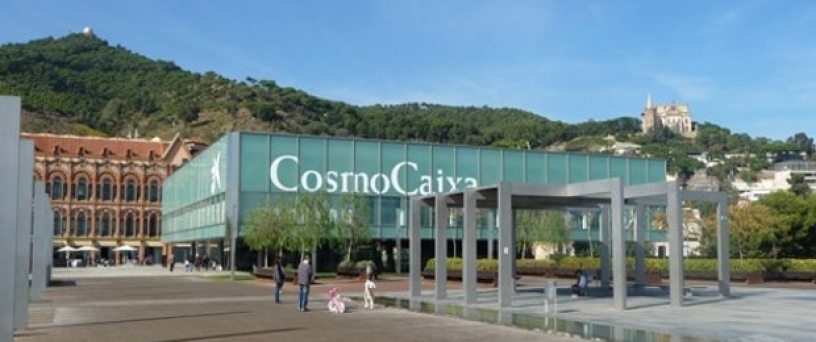
If you come to visit the capital of Catalonia, we will help you to find the best long term rentals in barcelona. We offer apartments of different types, renovated and well furnished in all areas of Barcelona!
Created to Convey Science
The building is a work fromJosep Domènech i Estepa, and opened as a place for the blind, but this only lasted during the 70s. It then become the base as the Museo de las Ciencias de Barcelona. In 2004, the project was taken over by Obras Social La Caixa, a social programme from a Catalan bank. It was remodeled and became known as CosmoCaixa.
The renovation expanded the old modernist building, giving it a more modern look using glass and iron. Today, the museum has its own carpark, a plaza at the entrance, and nine floors, six of which are below the ground.
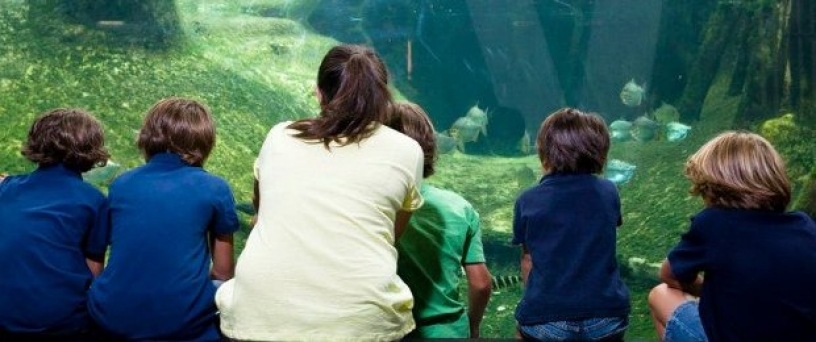
Excursions in Barcelona
To make the most of Barcelona and fill your trip with unforgettable experiences and emotions, we offer you the excursions through the Catalan capital organized by our friends - the GetYourGuide team. Choose your excursion and fall in love with Barcelona:
What you can Find at CosmoCaixa
CosmoCaixa is where you can find a series of permanent exhibits as well as fun temporary exhibits across its various pavillions. Here are some of the most popular permanent exhibitions:
- The geological wall: A huge wall showing the layers of the earth's crust accompanied by experiments to demonstrate how it works.
- The Rainforest: A detailed reproduction of the Amazon rainforest, where you can find more than 100 species of plants and animals living as if they were in the wild. Fish, birds, mammals, and reptiles of all kinds can be seen from the outside or by walking through the forest, with tropical rain falls from time to time.
- The living matter: A look at the evolution of earth from its creation, to the formation of life and beyond. Including topics like radiation, optics, gravity, determinism, etc.
- Planetarium: In this space you can watch 3D projections. The space is adapted to various shows including astronomy and more.
- Children rooms: There are multiple rooms such as Flash and Clik, the Bubble Planetarium Or ¡Toca toca! (Touch Touch!). In these rooms the youngest children will have fun while learning about science through games and activities.
- Weather station: Here you can learn the study of weather including climate change, how weather is measured, and more.
There is also a shop and café-restuarant as well as a guide service.
Useful Information:
- Where: C/ Isaac Newton, 26
- How to get there: Buses -17, 22, 58, 73, 75, 60 and 196. Metro - Not recommended, the closest station is Marqués de la Valdavia. Tram- Blau. Rail - Avigunda del Tibidabo Station
- Opening Times: Tuesday to Sunday - from 10:00 to 20:00. Closed 25th December, 1st and 6th January, and most public holidays. Open on public holidays if during Monday, (for example Easter).
- Prices: Adults - €4. Free entry for under 16s.
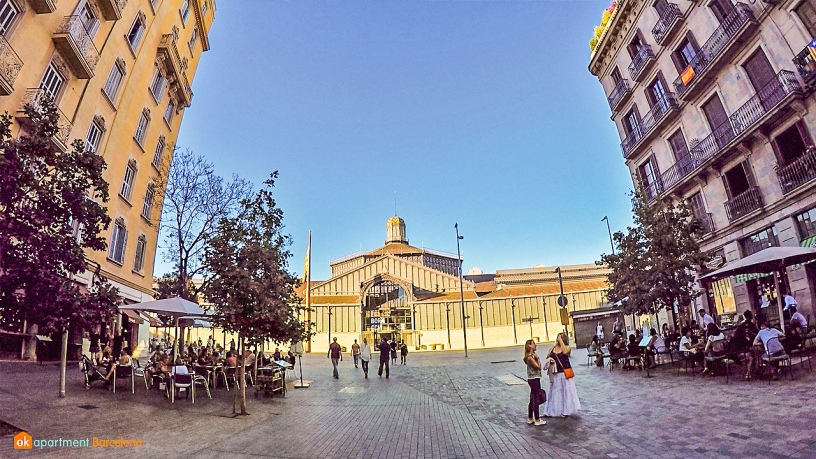
If you come to visit the capital of Catalonia, we will help you to find the best long term rentals in barcelona. We offer apartments of different types, renovated and well furnished in all areas of Barcelona!
The Cultural Centre of Born was once a marketplace and is still known by many locals as Mercat del Born (Born Market). It was undergoing renovations as a marketplace when ruins from 17th and 18th century Barcelona were discovered, an extremely important period for Barcelona as it is when the war of succession occurred and Catalonia - of which Barcelona is the capital - fought a war and lost its liberties and many rights in 1714 to Philip V from the house of the Bourbons (ancestor to the current royal family in Spain).
What can I find at the Born Cultural Centre?
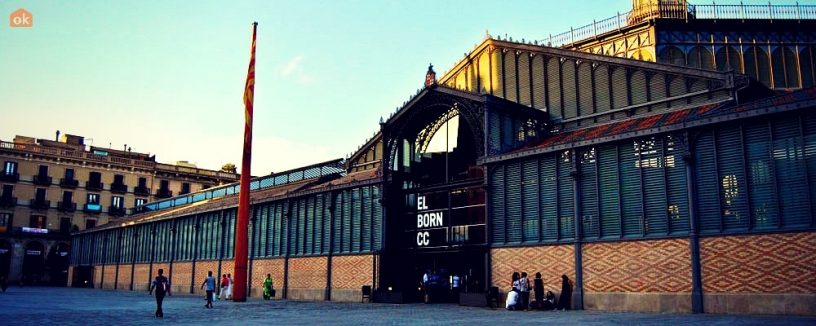
Inside the giant metal structure that is not too disimilar to other markets like La Boqueria and Sant Antoni, the Born Market offers a historical reconstruction of the most emblematic moments of the city through various rooms and exhibits.
You will find the archeological remains of the Born area of Barcelona, a permanent exhibition about Barcelona in 1700, as well as temporary exhibits, and many cultural and artistic activities organised by the centre.
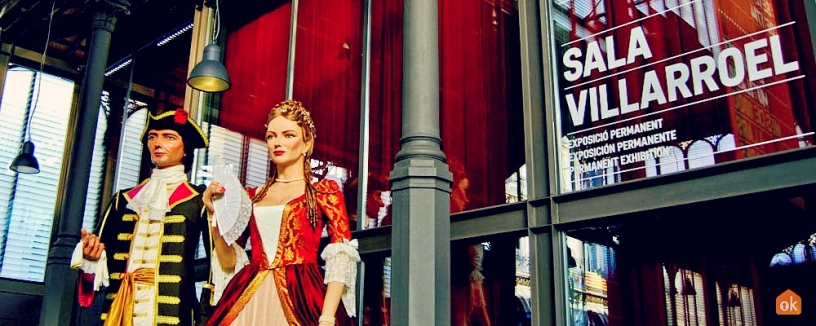
A Dynamic Museum
The cultural centre of Born is however, is not an ordinary museum because it is constantly changing and each time you visit there is a different experience or exhibition to enjoy. For example, the current temporary exhibit shows the events of 11th September 1714 as part of the 300 year anniversary. You can see the various new archeological findings about the event like the flags used by the city guards during the war with the words "Fins a Aconseguir-ho!" (In order to achieve it [Freedom]!) and the façades pulled down under orders of King Philip Bourbon's forces.
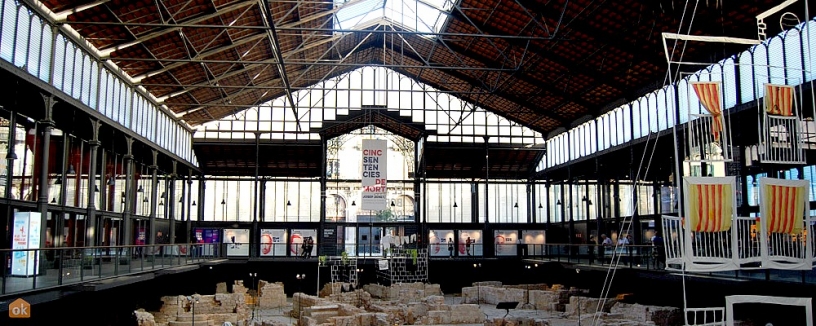
Excursions in Barcelona
To make the most of Barcelona and fill your trip with unforgettable experiences and emotions, we offer you the excursions through the Catalan capital organized by our friends - the GetYourGuide team. Choose your excursion and fall in love with Barcelona:
Activities and Guided Tours
The centre also organizes guided tours throughout the year in various languages so that you can enjoy the authentic atmosphere. During some months there are also nocturnal visits every Wednesday and Thursday, so be sure to check ahead. The centre is a platform not only for activities, but also for conferences and debates, all with the aim of remembering the city's past in order to understand its present and future.
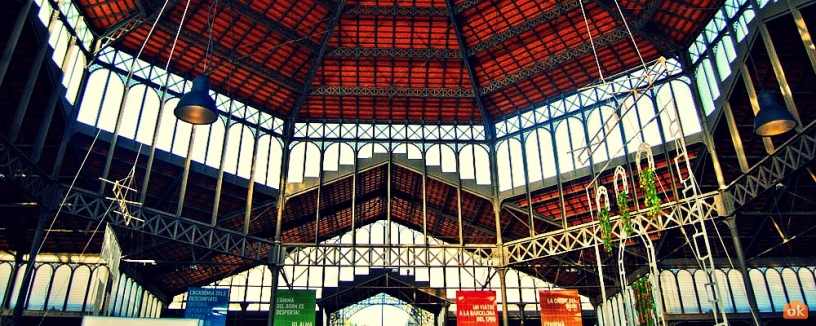
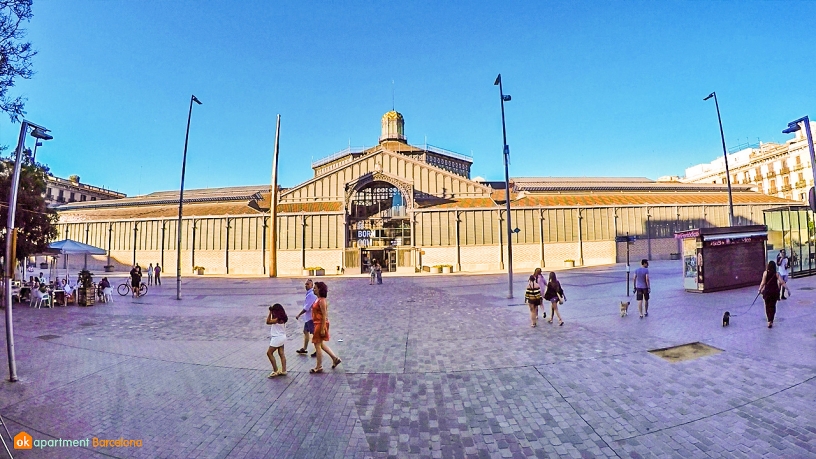
Information
- Where: Plaza Comercial, 12, 08003 Barcelona
- How to get there: Metro: Jaume I - L4, Arc de Triomf - L1 | Bus lines: 14, 17,19, 39, 40, 45, 51, 120
- Opening hours: Tuesday to Sunday, 10AM - 8PM.
- Price: Free
- Website: Born Cultural Centre Official Website
- Where to stay: Find an apartment close to the Born Cultural Centre on this page
Other images
The Museu del Disseny, which opened its new headquarters in December 2014, is a museum dedicated to the history, practice, and uses of design.. One of its main objectives is to disseminate the culture of design in the 21st century, looking at conception, manufacturing and distribution, and analyzing aesthetic and functional capacities.
If you come to visit the capital of Catalonia, we will help you to find the best long term rentals in barcelona. We offer apartments of different types, renovated and well furnished in all areas of Barcelona!
It features more than 70,000 objects, the result of the union between the collections of the Museum of Decorative Arts, Museum of Ceramics, Museum of the Textile Clothing, and Cabinet of Graphical Arts.
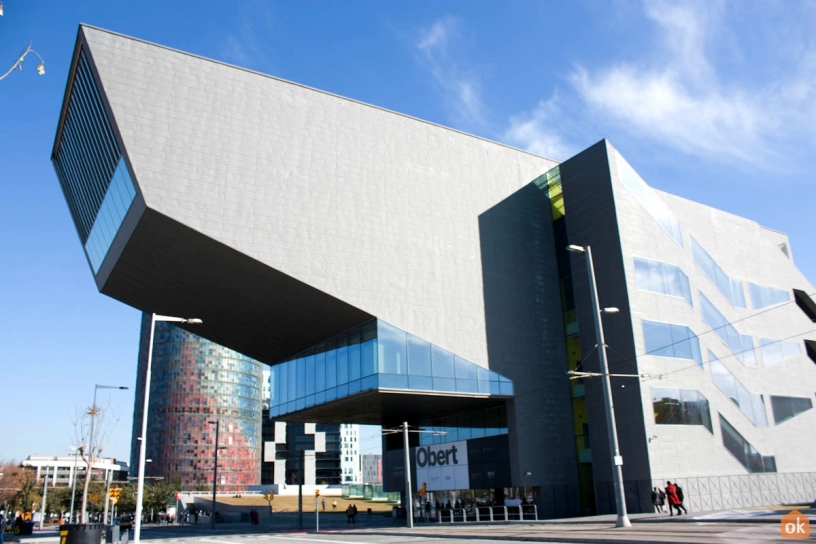
Barcelona has always been a city historically linked to design and it is for this reason that in recent years the City Council has evaluated and decided to create a single space to find all the collections related to the world design.
The center aims to become a meeting point between individuals and institutions related to this sector in order to stimulate research. Moreover, the idea is to introduce visitors to each part of the design process; the study, the selection of materials, processing, etc.
Excursions in Barcelona
To make the most of Barcelona and fill your trip with unforgettable experiences and emotions, we offer you the excursions through the Catalan capital organized by our friends - the GetYourGuide team. Choose your excursion and fall in love with Barcelona:
A work of design, both inside and out
The museum building - Disseny Hub Barcelona - has the shape of an titled rectangle, made of materials like glass and zinc plates that give the typical appearance of industrial architecture, modern geometry and asymmetry. Among the locals it is known as The Stapler ;)
Inside the building there several rooms with permanent exhibitions and temporary exhibitions (a total of 5,000 m² of exhibition space), a documentation center (which has more than 22,000 documents), research rooms, a hall for events and a large auditorium. The new facility is located in Plaça de les Glories, in the Poblenou area.
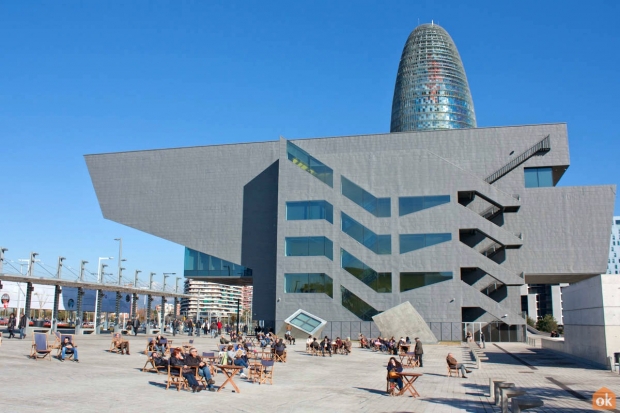
Permanent Exhibits
The museum has 4 permanent exhibits covering Graphic Design, Textiles, Decorative arts, and Industrial Design.
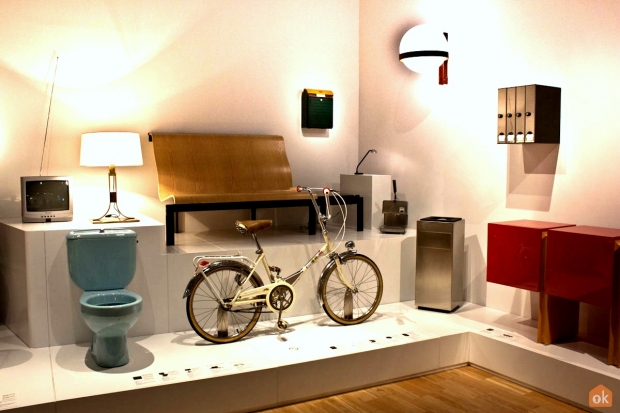
- First Floor: From the world to the museum. Product Design, cultural heritage, dedicated to the design of objects from everyday life, discovering their functions and why they were created.
- Second Floor: Extraordinary! Collections of Decorative and Author-Centred Art, a journey from the 3rd to the 21st century on the evolution of decorative art - ceramics, glass, clocks, furniture, and more.
- Third Floor: Dressing the body. Silhouettes and fashion (1550-2015); A look at how clothing has evolved over history, not just in appearance, but culture and meaning.
- Fourth Floor: Graphic Design: from trade to profession (1940-1980); More than 500 pieces of pioneering graphic design across history.
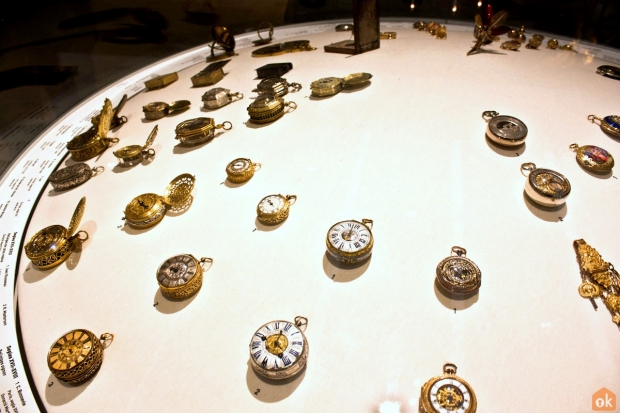
Practical information about the Barcelona Design Museum
- Where: Disseny Hub Barcelona Building - Pl. de les Glòries Catalanes, 37-38
- How to get ther: Metro station Glòries (Line 1). Bus lines (7, 60, 92, 192, H12). Tram station Glòries (T4, T5, T6)
- Disabled access: The museum has ramps and wide elevators for people with mobility problems
- Opening hours: The museum has a separate winter and summer timetable . You can consult the full timetable in English here.
- Prices: €6 standard entry. €4 reduced price for certain criteria (elderly, students, club members).
- Accommodation nearby: You can find places nearby the design museum here.
A bit of the world in Barcelona
The Museu de les Cultures del Món or World Cultures Museum brings artistic and cultural diversity close to its visitors, from far-off continents such as Africa, Asia, America, and Oceana. The museum presents cultural diversification through the artistic experience of the people and collections of objects from all over the world. As a public institution, this museum aims to preserve, investigate, and promote the wealth and knowledge of other cultures in the world.
If you come to visit the capital of Catalonia, we will help you to find the best apartments in Barcelona. We offer apartments of different types, renovated and well furnished in all areas of Barcelona!
The museum's collections are formed in part by a selection of 30,000 works from the Ethnological Museum of Barcelona and in part by about 2,400 objects of art and design from the Folch foundation (which were donated to the City Council over a period of 20 years). There are also other private collections that have been donated from foundations such as the Clos Archaeological Foundation and the Duran Vall-llosera Archaeological Collection.
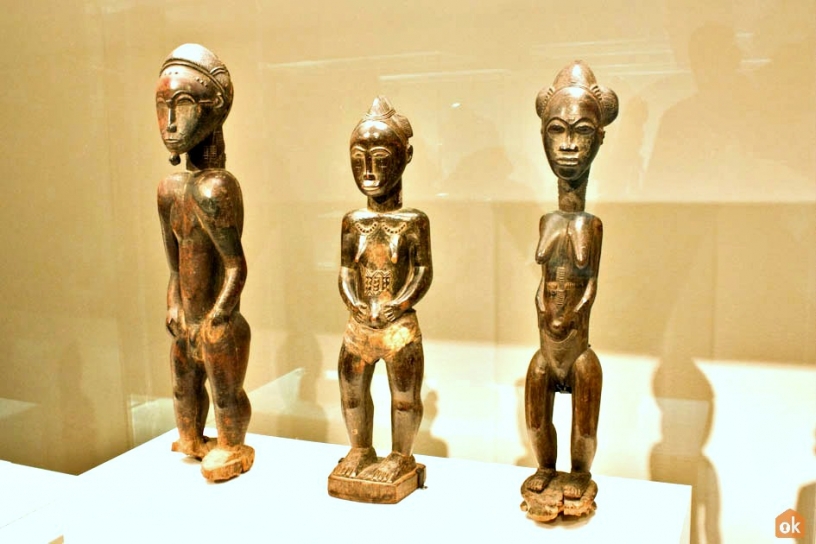
Excursions in Barcelona
To make the most of Barcelona and fill your trip with unforgettable experiences and emotions, we offer you the excursions through the Catalan capital organized by our friends - the GetYourGuide team. Choose your excursion and fall in love with Barcelona:
The Museum's History and Current State
In 1948, the Barcelona City Council started the Ethnological and Colonial Museum, which opened the following year. The 2,900 or so exhibits were gathered from other museums in the city. After the inauguration of the museum, collections began to increase in size thanks to all trips made by the organization. In 1960, the Museum was renamed to the Ethnological Museum and moved its headquarters to Montjuic, its current location.
The Folch Foundation was created to gather and manage the entire collection of artworks by Albert Folch during his travels across various countries. It consists of about 2,400 objects, making it the most extensive and important non-Western art and culture collection in Catalonia.
Finally in 2012, the council created the Museu de les Culturas de Món, a new start to unite the collections of the Ethnological Museum and the Folch Foundation. Today the museum can be found on Carrer Montcada in the Born neighbourhood, right by the Picasso Museum. It is split across 3 floors where you will find sculptures, drawings, jewellery, and design objects, begin a journey of discovery from Africa to Asia and Oceana, through Thailand, Korea, Japan, and more...
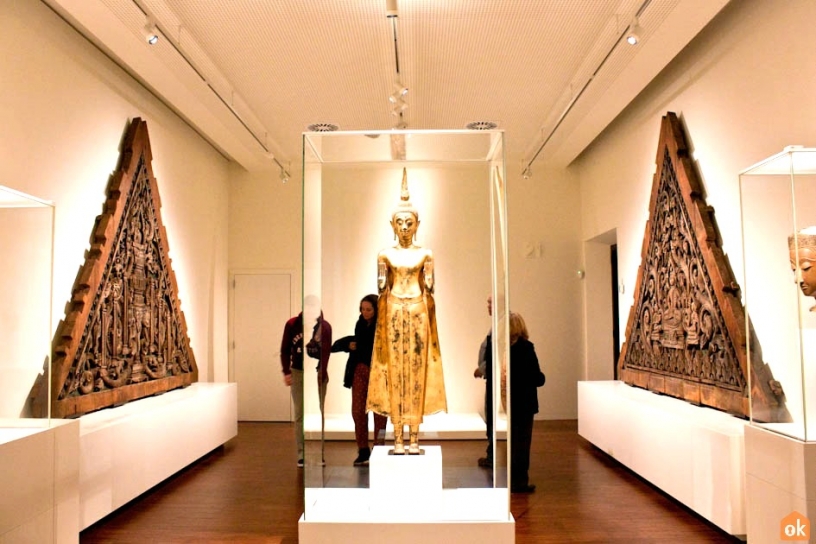
Useful information
- Where: c/Montcada, 12 - Barrio del Born
- How to get there: Found in the historic Born district, you can get here via Metro or by bus, walking the short final part of the journey. Jaume I (L4) is the closest Metro station. More information on the official museum website
- Access for Disabled people: For people with physical, visual, or auditive disability, the museum offers assistance spaces, resources, and services
- Opening hours: Tuesdays to Saturdays from 10:00 - 19:00, Sundays and public holidays from 10:00 - 20:00. Closed on Mondays that are not public holidays.
- Prices: Museum entry is free until April 7th 2015, after which the price is €5.00. The discounted rate is €3.50, which includes for example 16 - 29 year olds, unemployed, and seniors. There is free entry for under 16s, BCN Card holders, and for everyone each Sunday from 3pm and all day the first Sunday of each month.
- Accommodation nearby: You can stay near the museum and many others by staying in the Born neighbourhood in Barcelona.
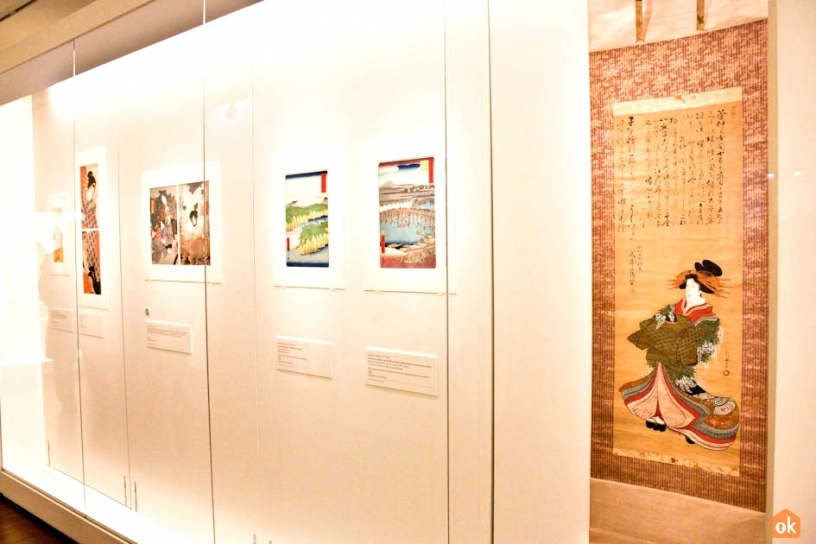
Along the Maritime promenade of the city and at the feet of Montjuïc is the Maritime Museum of Barcelona, covering years of history and legends of the sea. Among temporary exhibitions and historic vessels, you will literally be immersed in the maritime history of the city.
If you come to visit the capital of Catalonia, we will help you to find the best apartments in Barcelona. We offer apartments of different types, renovated and well furnished in all areas of Barcelona!
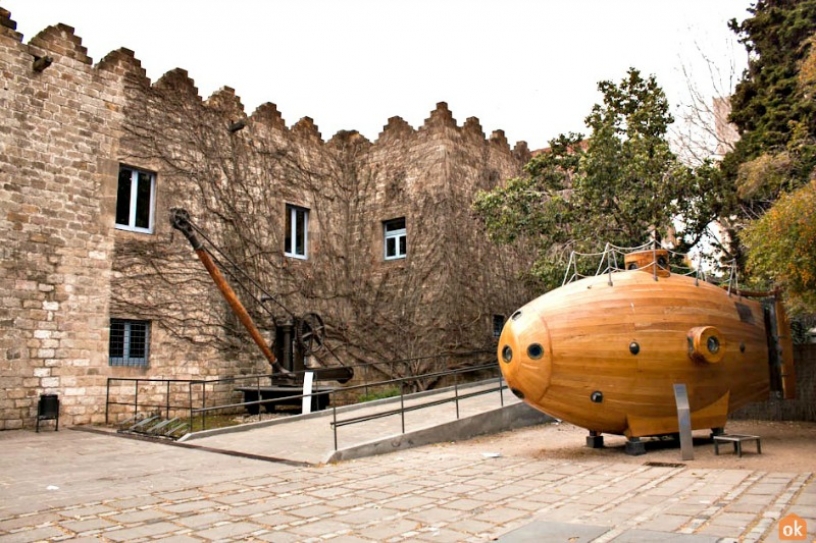
The sea in a museum
A short walk from the harbour and promenade; this fantastic museum is completely dedicated to the city's sea culture. Its aim is to preserve and publicize the maritime heritage of the country and preserve its history for future generations. You can find historical buildings, exhibitions, archived pictures, and maps. It's a trip back in time, discovering a world unknown to many.
The museum is located inside the Royal Dockyards (known in Catalan as Les Drassanes Reials de Barcelona). For many it is a building that's still barely known, but it is in fact one of the most iconic buildings along the promenade of the city and, above all, one of the most important places associated with shipbuilding in Europe, as it has more than 700 years of history.
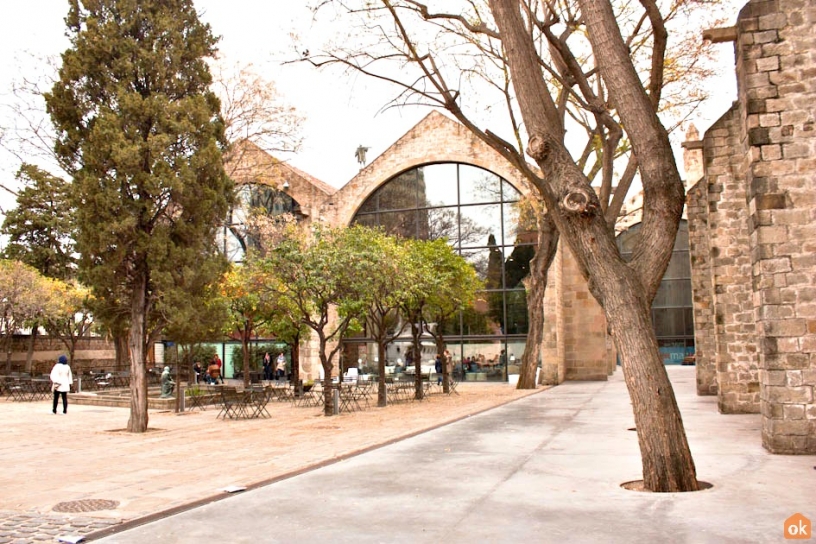
Excursions in Barcelona
To make the most of Barcelona and fill your trip with unforgettable experiences and emotions, we offer you the excursions through the Catalan capital organized by our friends - the GetYourGuide team. Choose your excursion and fall in love with Barcelona:
Its history
Construction on the Drassanes began at the end of the 13th century under orders of King of Aragon and Count of Barcelona Peter II to make an enclosure outside of the walls, protected by four towers and a single opening toward the sea to facilitate the construction of a fleet during the military expansion of Catalonia and Aragon. Boats were built, maintained, and repaired here. Galley slave ships, commercial ships, and war galleys, the latter of which formed a fleet that was considered to be the most powerful of its time.
The structure is in the classic Catalan Gothic style and despite maintaining the same Gothic structure for centuries, the building has undergone many changes regarding practical issues that slowly transformed the architectural aspects. The objective was to create a wide workspace fit for industrial use. One of the last major renovation took place in 1723, where the two central corridors were united to make one large one that could enable larger vessels to be built.
One of the biggest boats built dates to 1568 and is the Royal Galley that was used during the Battle of Lepanto in 1571. Today, in this museum you can see a reconstruction.
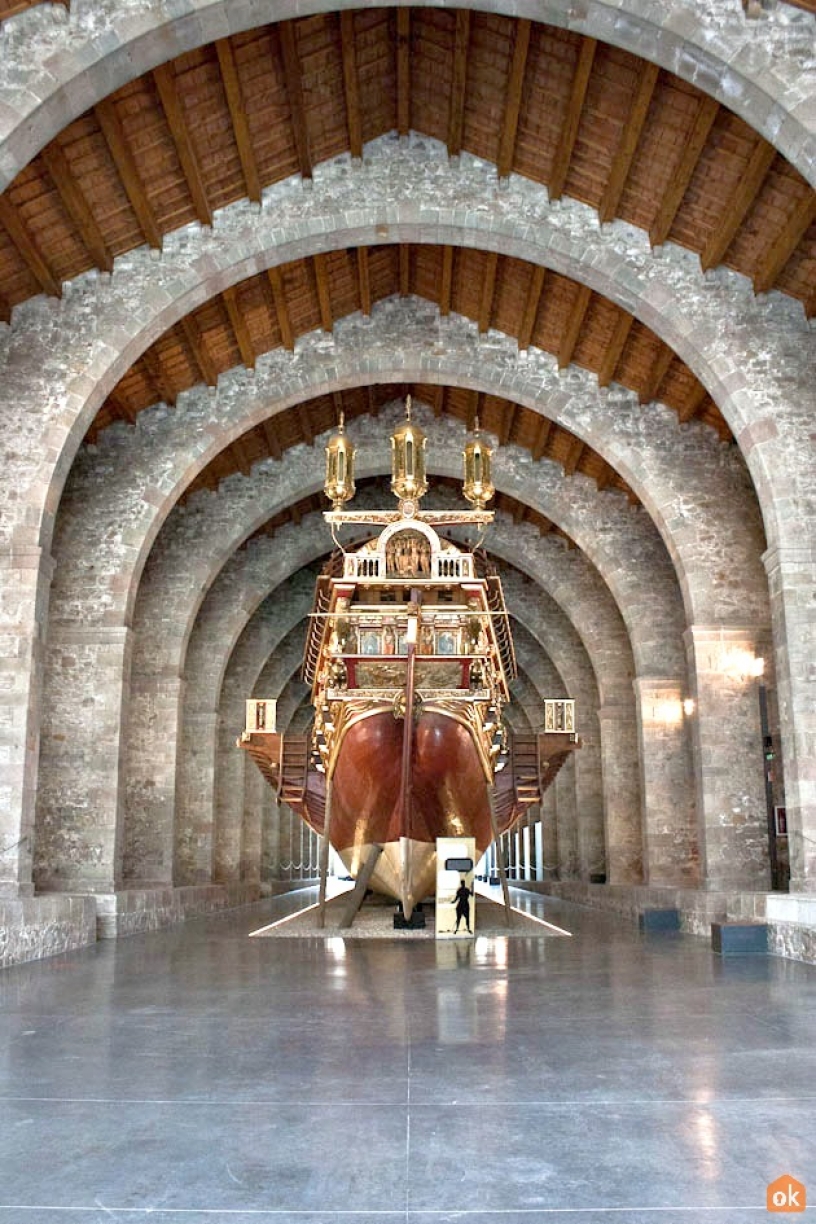
If you'd like to see all the photos of the museum, take a look at our Pinterest page.
The use of building as arsenal continued until the first half of 18th century. Later the building was used mainly for military purposes , building weapons and artillery tools, until 1935 when the army gave back to the city management over the place. In 1936, despite the outbreak of the civil war, the Maritime Museum was "introduced" as part of the structure. From that moment, the old arsenal became a space dedicated to maritime culture.
After a complete renovation in 1941, the museum opened to the public. In 1976 "The Drassanes Reials" were declared to be a Historic and Artistic Monument due to its historical importance in shipbuilding, and in 2006 they were declared as a Museum of National Interest. Currently, the property is managed by an organization called the Consortium of Royal Shipyards and Maritime Museum of Barcelona, formed by the city council of Barcelona, Barcelona Provincial Council, and the Port Authority of Barcelona.
The museum today
As mentioned above, over the centuries, the building has undergone several changes: the original campus was protected by four towers and today only two remain; Torre de Levante y la Torre de Poniente. Other architectural elements have not been conserved, including for example the King's stronghold, which disappeared with the opening of Avinguda Paral·lel. However, the port of Santa Madrona has remained.
The structure today is a modern and majestic space, yet still manages to keep defining Gothic architectural features. It is an exceptional space to admire the reconstructions of historic ships and numerous boats of different sizes across the permanent and temporary exhibitions.
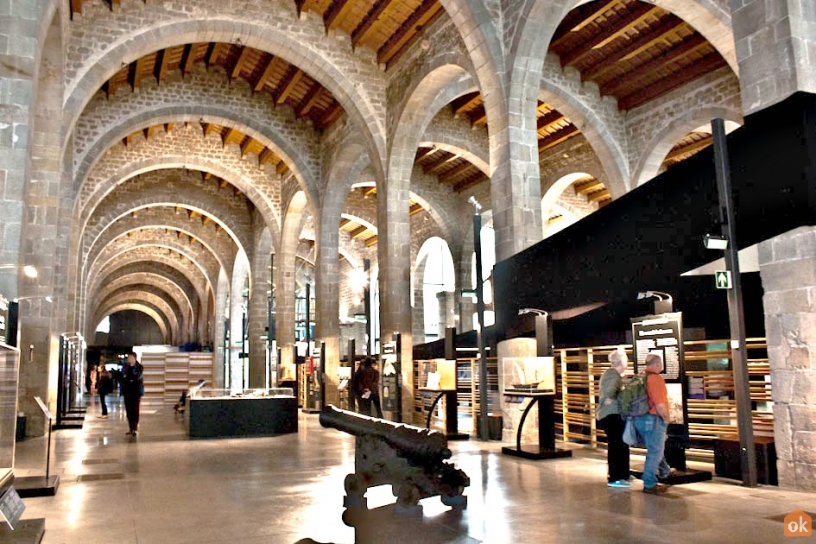
Currently there is ongoing restructuring of the permanent collection. Therefore, the exhibition space is at the moment mainly devoted to temporary exhibitions and cultural activities related to sea life. Among the collections now present, you can find:
- Catalunya Ciutats (24/12/2014 - 12/04/2015): Exhibition organized to mark the centenary of the "Mancomunitat de Catalunya" (Catalonia Commonwealth), created on April 6, 1914, with the name "Noucentisme". The construction process of political, ethical and artistic societies.
- Pirates a la Mediterrània (07/11/2014 - 20/04/2015): Exhibition on the world of pirates of the Mediterranean, going back in time to the present day.
- Donem-li la volta al món (11/12/2014 - 06/04/2015): Exhibition of Barcelona Ocean Sailing Foundation (FNOB) showing the famous regatta "Barcelona World Race".
- Càmeres submarines (24/10/2014 - 12/04/2015): Splendid exhibition on the history of underwater photography, from the start until the nineteenth century.
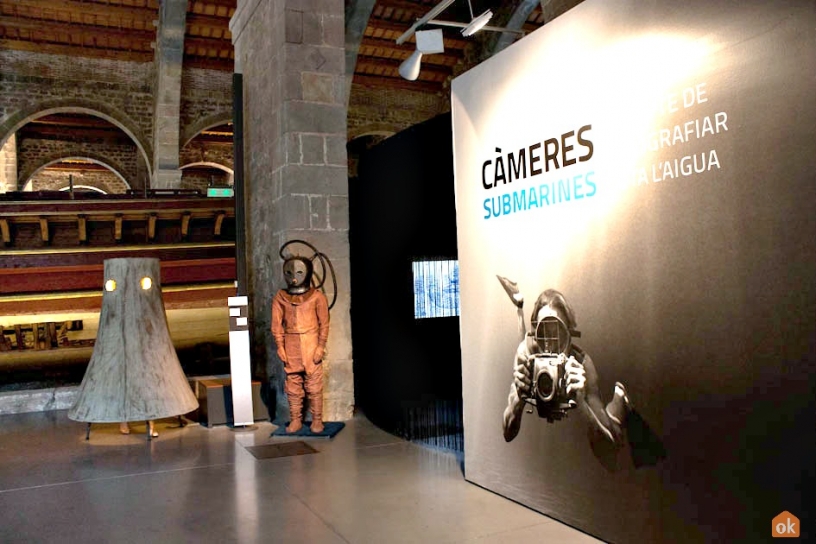
Useful information
- Where: Museu Marítim de Barcelona - Avda. de las Drassanes, s/n - 08001 Barcelona
- How to get there: Drassanes Metro station (Line 3) (Exit - Portal de Santa Madrona); Bus lines 14, 18, 36, 38, 57, 59, 64 and 91
- Disabled access:For people with disabilities, the museum offers spaces and tailored services including tours.
- Opening hours: Monday to Sunday, from 10:00 to 20:00 (last entry at 19:30). Closed 25 and 26 December. 1 and 6 January.
- Prices: Standard entry €7, discounted entry €3.50 and €5.50 for groups. Free entry after 15:00 on Sundays.
- Accommodation nearby: Take a look at apartments in the Raval neighbourhood or these apartments in Poble Sec
Other images
Participate. Share. Win.
Lastest articles
-
 Top 7 Language Schools in Barcelona
Relax and learn Spanish at your own pace in Barcelona.
Top 7 Language Schools in Barcelona
Relax and learn Spanish at your own pace in Barcelona.
-
 Outline of the best Barcelona events in March
Spring is coming, and so are these fantastic events!
Outline of the best Barcelona events in March
Spring is coming, and so are these fantastic events!
-
 Top activities for everyone in Barcelona
Barcelona is one of a few must-see cities with its own identity. There is something to delight everyone.
Top activities for everyone in Barcelona
Barcelona is one of a few must-see cities with its own identity. There is something to delight everyone.

